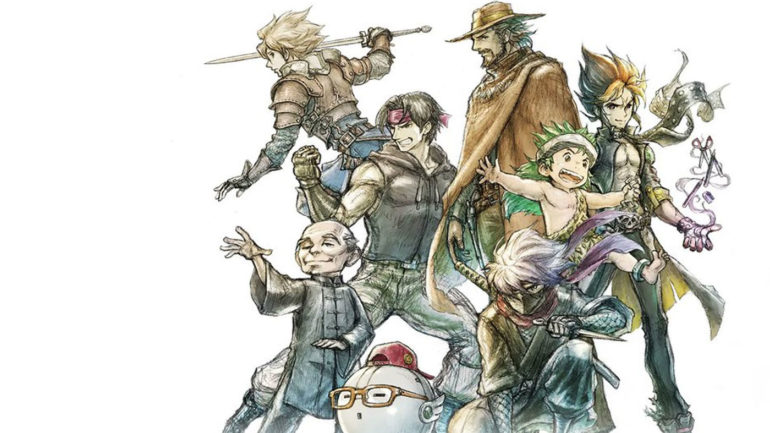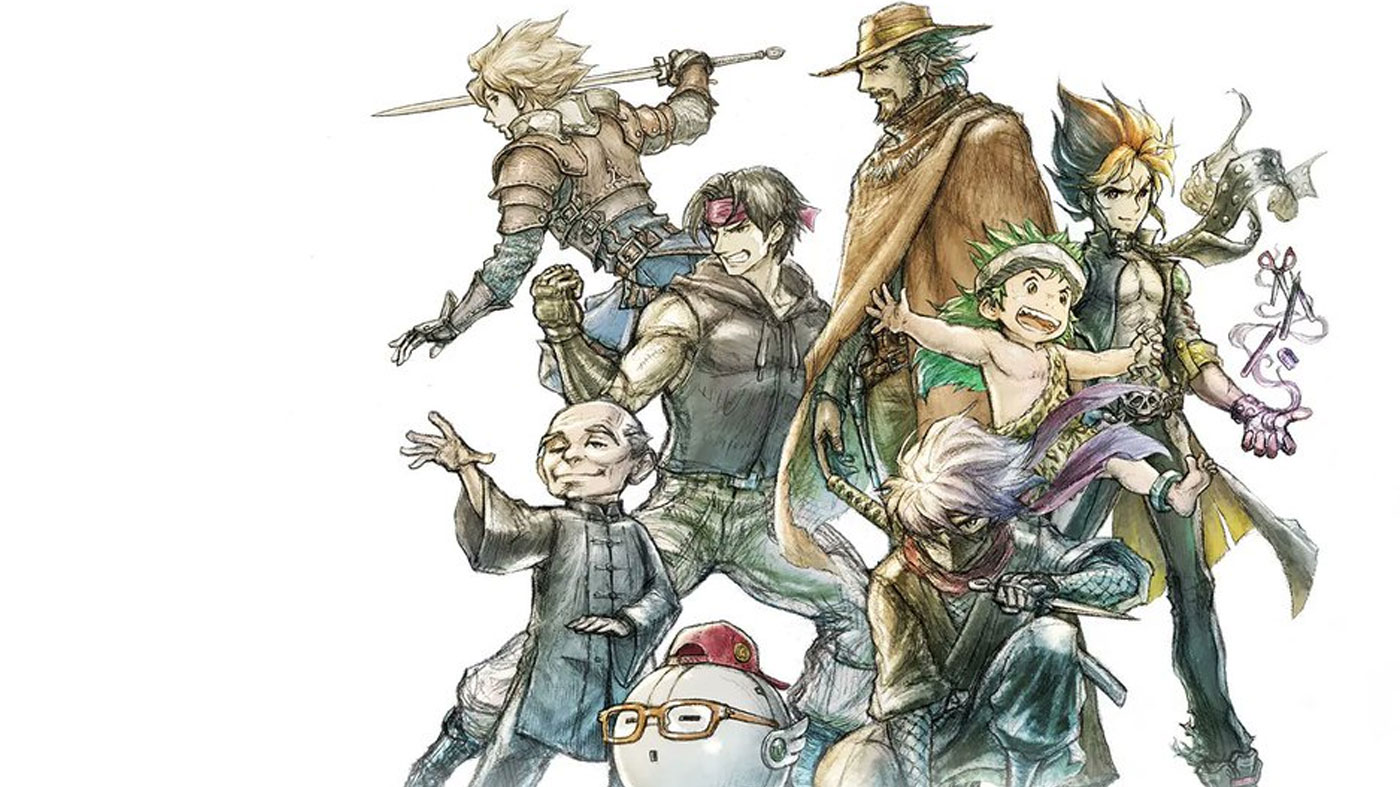Simply put, you haven’t played a game like Live A Live, though you might have played some games that have inspired it. Initially released for the Super Nintendo in 1994, almost thirty years ago, the game never made it outside Japan. To make matters worse, it was met with poor commercial performance upon its original release. Now, Square Enix has committed to bringing the game to a more expansive and modern audience. While it plays almost exactly as it did nearly three decades ago, Live A Live is still just as an inventive RPG as it was.
Acting as a sort of spiritual predecessor to Octopath Traveler, Live A Live has you taking on the role of eight different characters throughout key time periods. Each narrative has the same underlying mechanics – including a turn-based battle system and an equipment system you’d find in any other RPG. It’s where the scenarios differ that makes Live A Live truly special. Octopath more or less had you playing the same game from eight different perspectives. On the other hand, Live A Live has such variation in each of its scenarios that sometimes each feels like a different game.
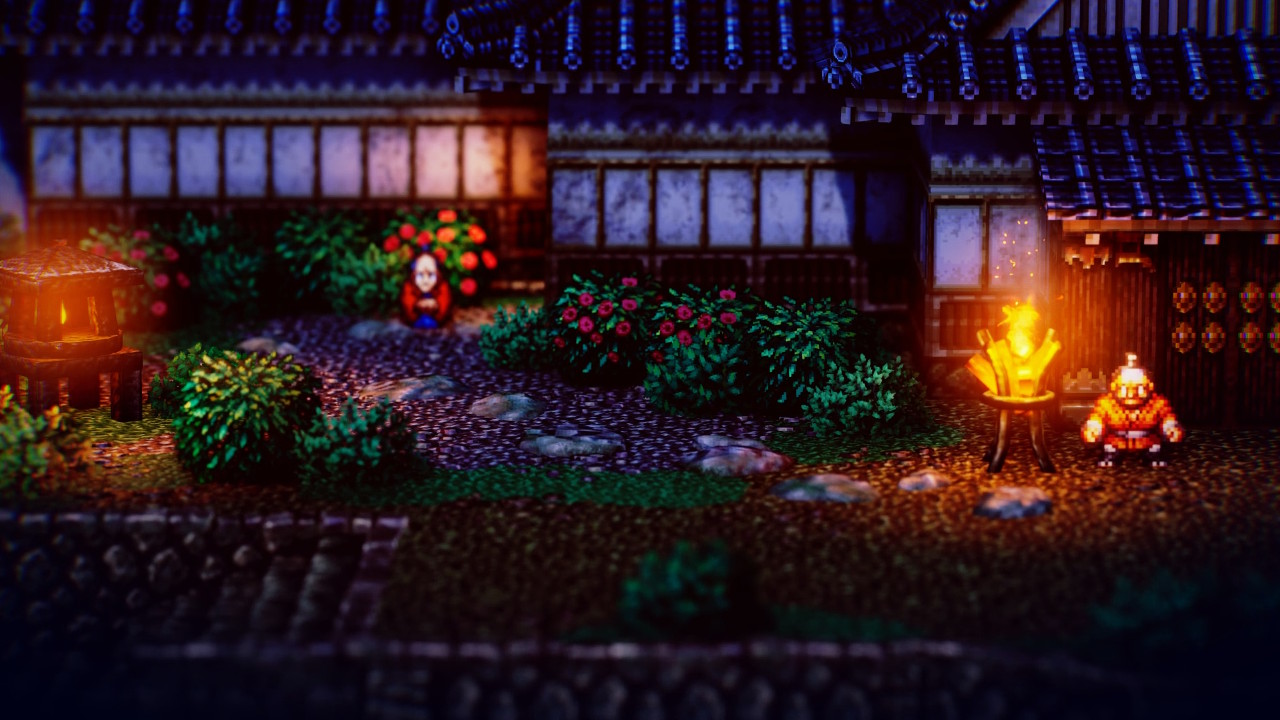
These differences can be pretty stark. The present-day chapter is relatively short and consists entirely of battles as a fighter embarks on a quest to become the best fighter in the world. The prehistory chapter has you playing as a caveman who saves a girl from ritual sacrifice – but is told entirely through animations and emoticons as there was no speech during those times. The far future has you playing a support bot with no battles while channeling games like Alien Isolation. These aren’t all the scenarios you’ll encounter in Live A Live, but it gives an idea of the breadth of experiences you’ll be treated to when you play it and even better, none of them outstay their welcome.
THE CHEAPEST COPY: $69 WITH FREE SHIPPING FROM AMAZON
The battle system is shared between them all. It’s a turn-based system that’s fought on a 7×7 grid. Characters can move freely and attack with unique abilities without worrying about MP. To balance this, certain moves take longer to charge. Even moving a square will let your opponents grow closer to attacking, so while there is a degree of freedom in how you move, some thought must be put into how you approach each battle. The usual bells and whistles of an RPG are here, too – new abilities are (mostly) learned by levelling up, and items can be equipped to buff yourself or to heal. I’d have loved to have some kind of fast-forward function to assist grinders in speeding up the animations of attacks, but otherwise, it’s a unique battle system that carves out its own niche against its contemporaries.
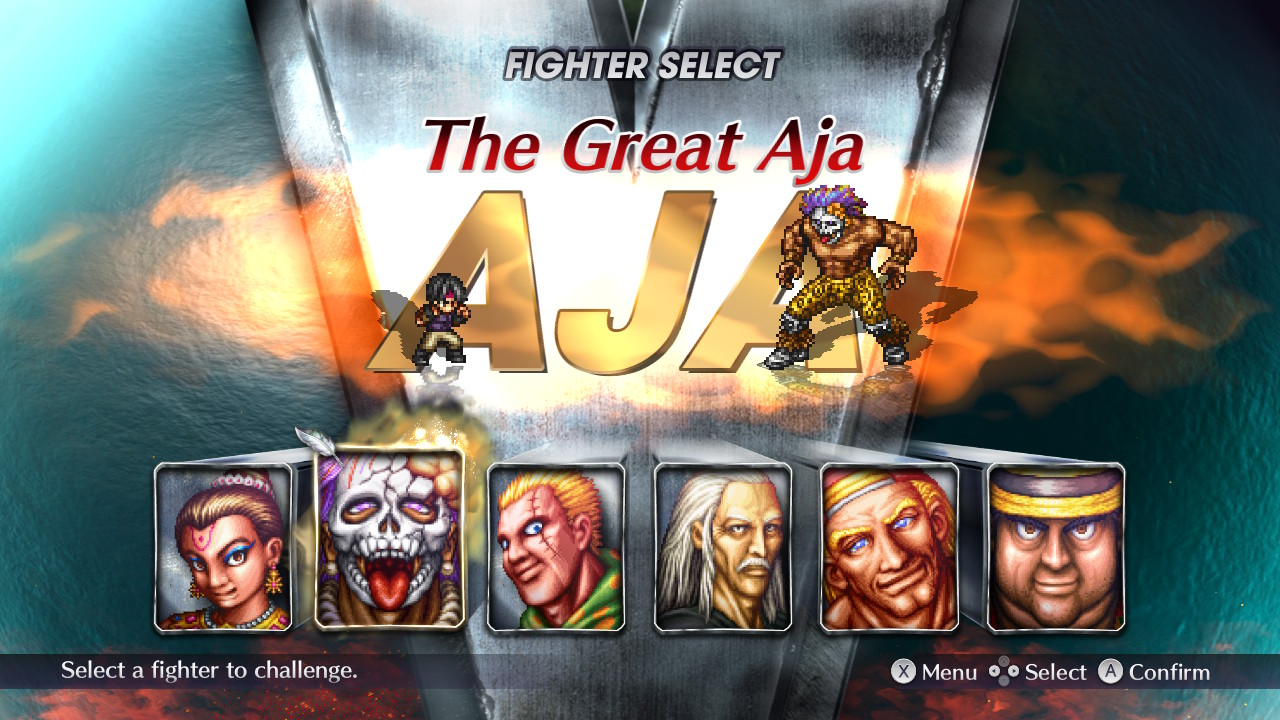
The difference with Live A Live, compared to other RPGs, is that it feels like a game where the story comes first. The entire game being an RPG feels like a bit of an afterthought – and I don’t mean that in a bad way. I mean that in Live A Live, most battles matter. They are integral to telling the story the game wants to tell, and when you have to grind (which isn’t very often, if ever), these moments are well justified with the story. It’s a weird thing to appreciate, but it does mean that Live A Live doesn’t bog you down with unnecessary filler that many RPGs do. It’s keen to be short if the narrative justifies it, and it’s why I think it’s one of the most unique RPGs to come out of Square Enix in a long time.
Of course, much like with Octopath Traveler, you might be disappointed to hear that there’s not a lot of interactions between the leaders of each chapter in Live A Live. This time around, it makes sense – these characters are all playing in their own respective timelines – but the way it all comes together makes Live A Live really special. Throughout each chapter, the game feeds you a trail of breadcrumbs to hint at how these things come together later. I won’t ruin it here (though you could quickly look it up, given this game is from so long ago), but it is incredibly satisfying.
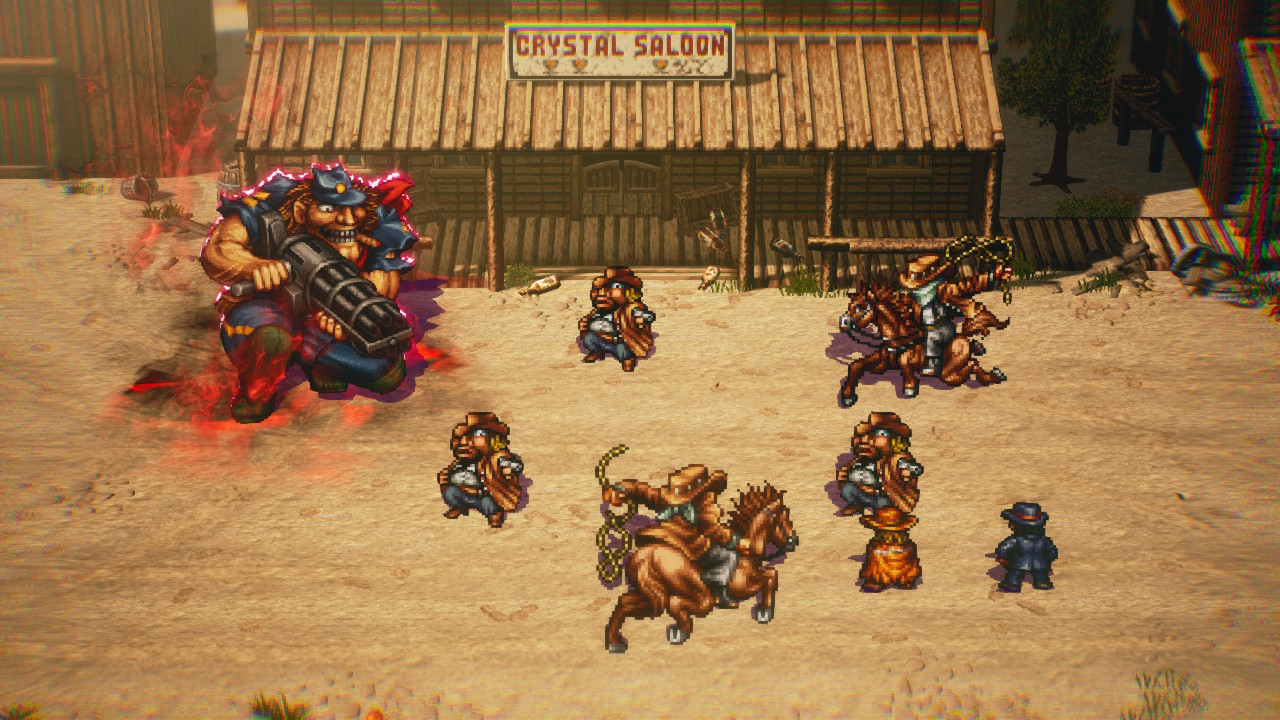
As a remake, Live A Live does its best to stay true to the original game, for better or worse. A lot of the game remains the same – though a new minimap directs you where to go next if you’re completely lost. The internal logic and flow of the game feel lifted straight out of games from the 90s – where you’d have to interact with a random NPC before being able to move the story on. Previously, the game wouldn’t indicate what you would have to do next, so modern players would need to play the game with a guide open. The remake adding waypoints, though optional, is a nice touch that alleviates some of this “old” feeling of game design.
I mentioned it previously, but many of the RPG mechanics feel there for the sake of being there. It’s almost as if Square were too scared to put their name on a game that didn’t have basic RPG mechanics after their success with Final Fantasy. I say this because Live A Live isn’t a challenging game – there was never a time when I had to go back and level up or improve my equipment, leading me to wonder why it’s even included. This is a clear side effect of a game designed from a narrative perspective first – but one that might put off those who love to level up their character to crazy heights. Given the length of the chapters and the difficulty of the combat, it just feels unnecessary to in Live A Live.
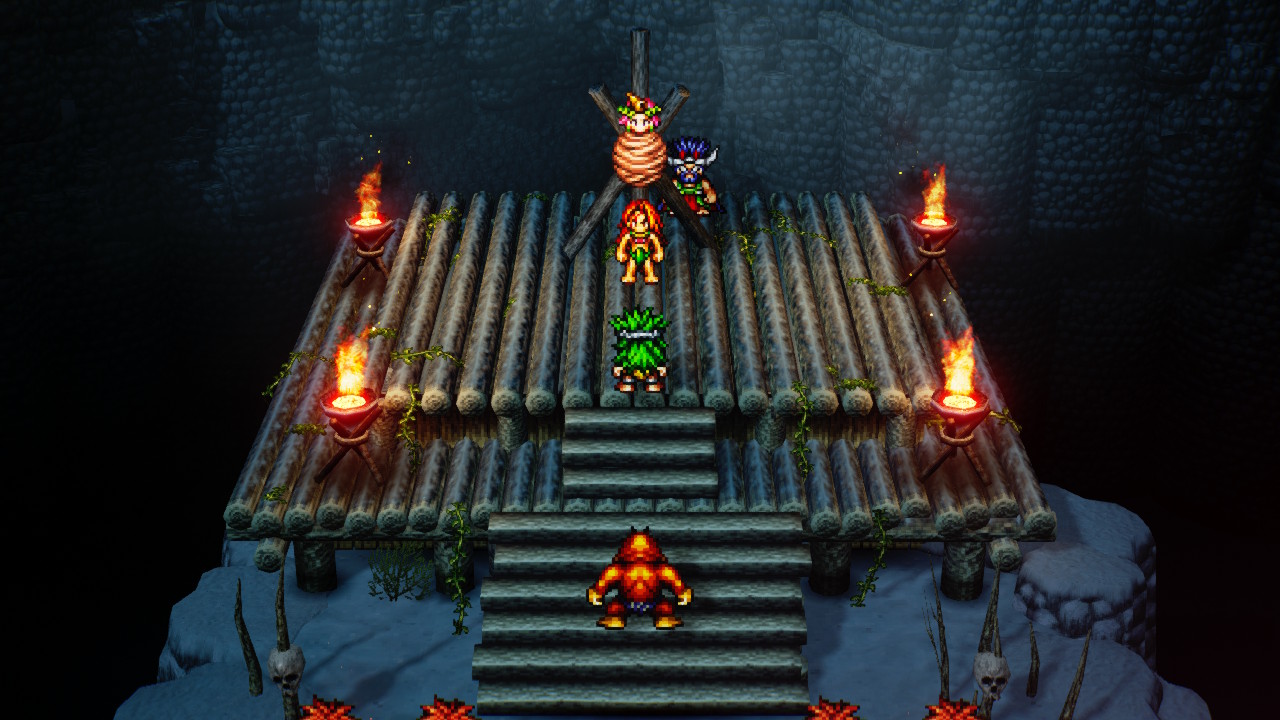
I mentioned the brevity of the chapters before, but that doesn’t mean that Live A Live is a super short game. It’s bizarrely paced – some chapters take less than an hour while others take three. The final one feels as long as half the game that came before it. You can expect to get about twenty-five hours out of Live A Live. I appreciated the length of the game as it serves the story well, though those looking for an epic as long as Octopath or Xenoblade may be disappointed. There’s a whole bunch of hidden, optional super bosses to uncover in each chapter, too, though you’ll almost certainly need a guide to find some of them.
Of course, the most significant improvement here is the visuals. Bringing depth and life to the flatter visuals of the original SNES game, Live A Live utilises the HD-2D visuals previously seen in Octopath Traveler and Triangle Strategy to great effect. It’s even more impressive here because each of the timelines you travel through is exceptionally varied – from the lush bamboo forests of China to the quiet and isolated hallways of a spaceship. It’s genuinely one of the best showcases for HD-2D on the Switch.
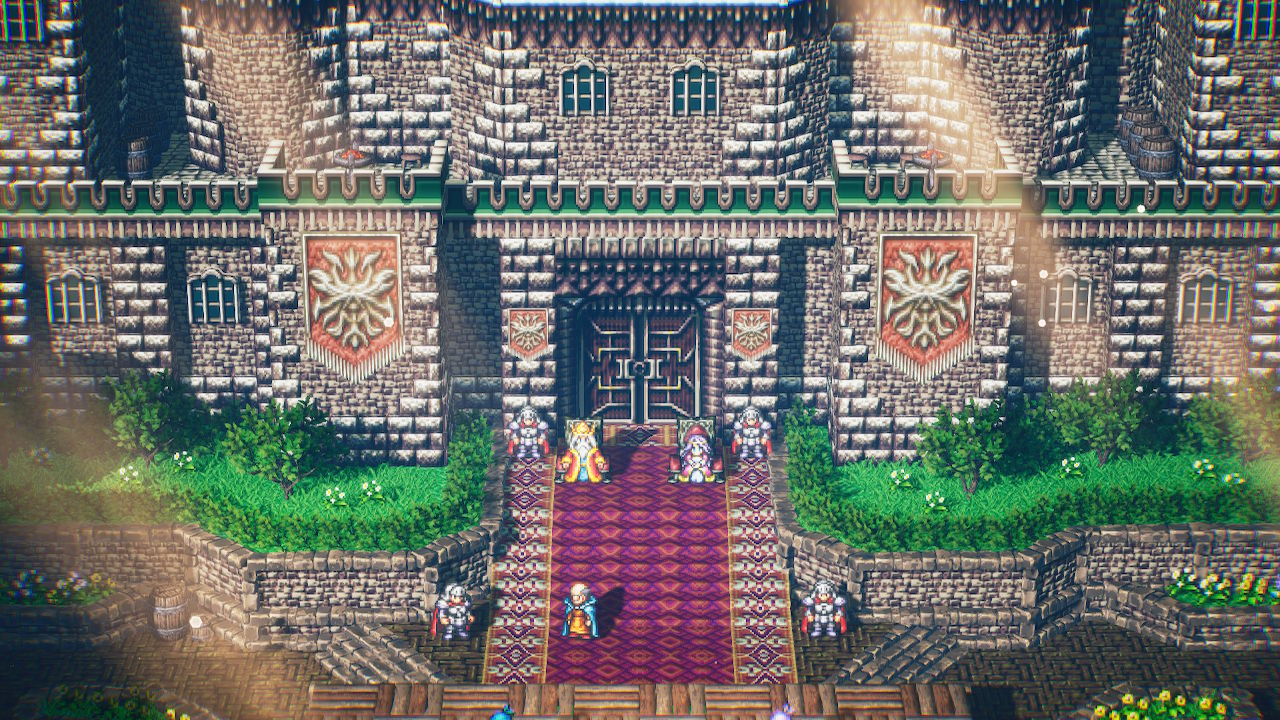
Similarly, the soundtrack is absolutely fantastic. The sheer variety here is fantastic, as with the rest of the game. Each of the unique tracks, composed by Yoko Shimomura, who would later compose tracks for Kingdom Hearts and Final Fantasy XV, brings a great atmosphere to the world. Megalomania, in particular, is one of, if not the best boss battle track I’ve ever heard in an RPG. But not all is great, as while Live A Live goes the extra mile by voicing dialogue that was previously unheard, it’s a rather low-quality dub. It all feels rather cliché, forced, and overacted almost all the time.
Live A Live is an interesting game. You can see why Square wouldn’t have bothered to localise it so many years ago, given its much smaller scale than their flagship franchises. But it’s a testament to how good it is that, despite an immense visual polish being the only major upgrade, it still offers fantastically inventive storytelling almost three decades on with no changes to the script.

